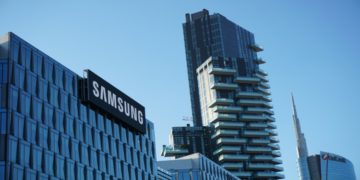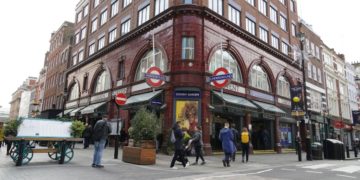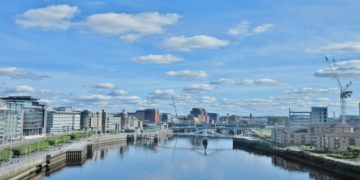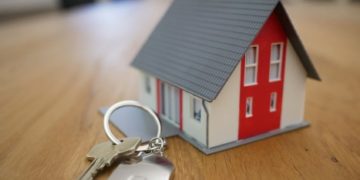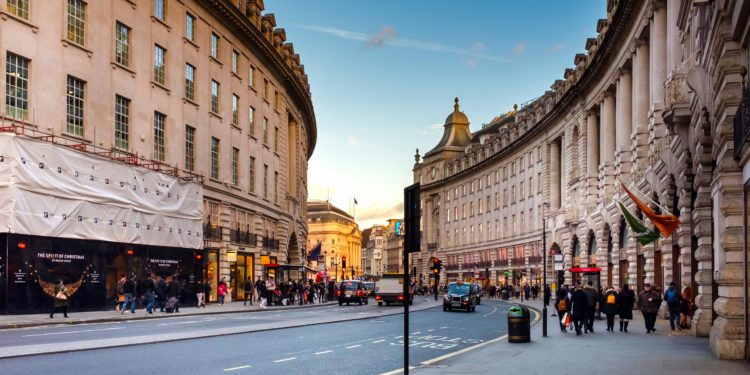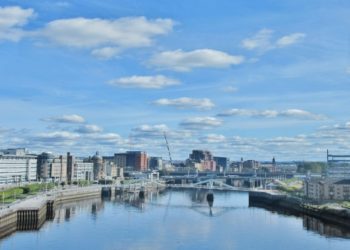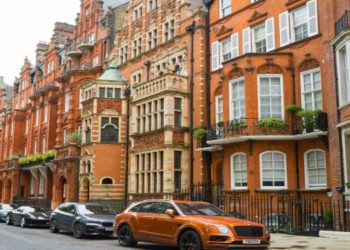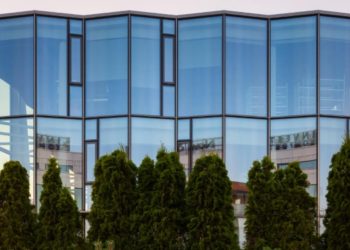When most people hear the phrase urban design, they often think of shiny new buildings, fancy plazas, or “designer” neighbourhoods. It sounds like something reserved for wealthy cities or futuristic visions in glossy magazines. But the truth is: good urban design isn’t about luxury. It’s about making sure the places we live, work, and play are safe, welcoming, and functional for everyone. In this article, we’re going to look at the defining principles of good urban design, and why it’s so essential for future urban developments.
What Is Urban Design?
Urban design ensures villages, towns, and cities work well and run smoothly. It involves bringing together key design elements – such as buildings, transport, public spaces, amenities and social infrastructure – in a way that creates better places for people.
Why Urban Design Matters In Everyday Life
Urban design affects our health, happiness, and sense of community far more than most of us realise. Think about your daily routine. Do you walk down a street lined with trees, where neighbours stop to chat? Or do you rush along a busy road with no sidewalks, cars speeding by, and nowhere to sit or rest? That is where urban design comes in. Good urban design makes a city feel enjoyable to live in and walk through. It takes into account our:
- Health: By offering walkable neighborhoods and access to green spaces
- Safety: By ensuring there are well-lit streets and clear crossings
- Community: By creating public spaces like plazas, markets, or community gardens
- Environment: By ensuring there are good public transport options
Why Urban Design Isn’t A Luxury
Some might ask, “Isn’t good urban design expensive? Shouldn’t we be focusing on important things like housing, healthcare, and transportation?”. But the truth is that these things go hand in hand. Good urban design ensures that cities are built with people in mind, and that residents have easy access to the things that matter most, like:
- Housing: Ample housing with easy access to schools, shops, and transport.
- Healthcare: Walkable, green, and safe neighborhoods to exercise in.
- Transportation: Easy transportation links via car, bike, bus, or train.
- Work: Good career opportunities with a reasonable commute.
When cities skimp on urban design costs, they often pay for it in other ways: insufficient housing, higher healthcare costs, or economic stagnation. In contrast, when cities invest in good urban design, they tend to see the long-term benefits, by creating places where people actually want to live and work. In short, good urban design isn’t a luxury, it’s an essential.
How Urban Design Impacts Community
When urban design is done well, communities notice it in their everyday lives. It shows up in the rhythm of daily routines, the feel of their neighbourhoods, and the ease with which people can move around . A well-designed area feels welcoming and supportive by encouraging:
- Connection: Public spaces and community centres help residents build friendships.
- Pride: Well-maintained town centres help residents feel proud of where they live.
- Opportunity: Mixed-use developments bring services closer to residents.
- Resilience: Well-planned infrastructure helps residents face environmental challenges.
The Key Principles of Good Urban Design
To make this idea more concrete, let’s look at some real principles of good urban design that cities around the world are using:
- Pedestrian-Friendly Streets – Pedestrian-friendly urban design often includes wide sidewalks, pedestrian crossings, slower traffic, and sometimes car-free zones altogether. This makes walking around cities safer and more enjoyable.
- Mixed-Use Developments – Developments that mix housing with shops, offices, and services ensure that people can live close to the things they need, cutting down on long commutes and creating neighborhoods that feel alive throughout the day.
- Public Art and Green Spaces – Murals and sculptures can add personality to a neighborhood. While pocket parks can add natural beauty. Aesthetics aside, green spaces also cool down hot city areas, improve air quality, and give people places to relax.
- Accessible Public Transportation – Transport systems determine who can get where. Accessible, affordable, and reliable buses, trains, and trams can help connect communities, open up job opportunities, and reduce the need for car ownership.
- Adaptive Reuse of Buildings – Instead of tearing down old buildings, adaptive reuse transforms them into something new – like turning an abandoned factory into apartments, or a warehouse into a community center. This preserves history, reduces waste, and often brings fresh energy to neglected areas.
The Hidden Benefits of Good Urban Design
Good urban design affects more than you might realise. So far, we’ve looked closely at how it can positively impact individuals, and even communities. But what about wider society? Could urban design also help address bigger social challenges?
Economic viability is at the centre of urban design. Cities that prioritise walkable, well-connected layouts tend to attract more businesses. Small businesses (such as cafés and independent shops) thrive as a result of good foot traffic, whereas large businesses such as (supermarkets and retail stores) thrive as a result of good transport connections. This level of commercial activity supports local prosperity and helps build a strong, sustainable economy.
Sustainability also sits at the heart of modern masterplanning. Cities that prioritise reliable public transport are often in a better position to reduce traffic, and as a result, pollution. Cities that prioritise green infrastructure – such as parks, tree-lined streets, and rain-absorbing landscapes – are also often in a better position to deal with storms, flooding, and other climate-related issues. This level of planning supports long-term sustainability.
Good Urban Design In Practice
In the UK, urban design has been brought into sharper focus by the New Towns Taskforce and the government’s plans to build new towns. The Taskforce has been looking at how to ensure that new settlements are not just collections of houses but genuinely well-designed places where people can flourish. These initiatives show that there is growing recognition at the national level that urban design matters. If these new towns are planned with strong masterplans, walkable streets, accessible transport, and green spaces, they could set a powerful example of how to build better, more vibrant places for people to live.
Moving Forward
Masterplanning architects in London, UK are already taking steps to ensure good urban design. It’s based on the idea that everyone deserves safe, beautiful, and functional spaces – not just those in wealthy districts. When streets are walkable, public spaces inviting, and neighbourhoods well-connected, people thrive – communities become stronger, healthier, and more resilient. That’s why good urban design isn’t a luxury – it’s the essential framework on which vibrant, fair, and sustainable cities are built.







